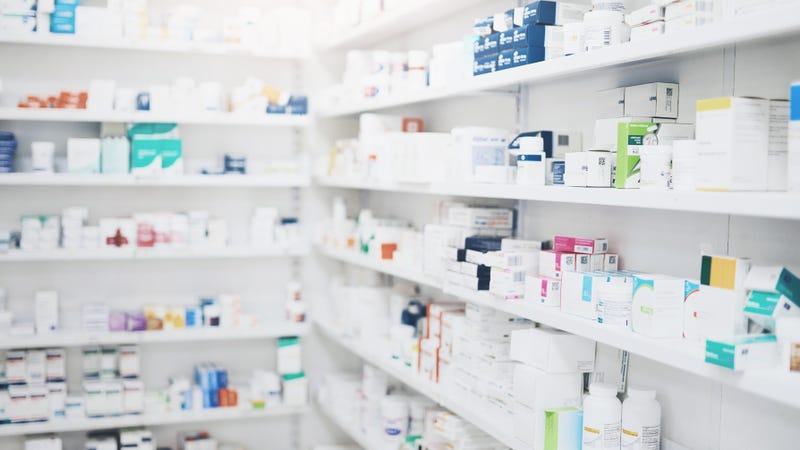
Saturday marks the Drug Enforcement Administration's Drug Take Back Day marking the 29th time the event has been held giving Americans a way to safely and anonymously dispose of medications at thousands of collection sites across the country.
Since 2010, the DEA has collected 20 million pounds of unused medications as part of take Back Day events.
“DEA’s National Prescription Drug Take Back Day reflects our shared commitment to protecting the American people from drug-related harm,” DEA Administrator Terrance Cole said in a press release. “This effort brings together law enforcement, public health, and communities in a unified mission – keeping homes safe, preventing the misuse of prescription drugs before it starts, and saving lives. Every prescription drug turned in represents one less opportunity for tragedy and one more act of protection for our families and neighborhoods.”
There are ways to dispose of medications outside the two specific Take Back Days that the DEA hosts throughout the year. Irina Butler, executive director of the Pharmaceutical Product Stewardship Work Group (PPSWG), says the PPSWG created MyOldMeds.com to help people find those drop-off sites.
"It allows residents to get rid of medicines throughout the entire year," Butler said. "It's a tool that's available and it's free to use. Most likely there's a location near your home that allows you to dispose of the medicines in a safe way."
In April, Minnesota residents collected over 10,000 pounds of unwanted and unused medicine as part of Take Back Day.
"We know that proper management and disposal of drugs combats drug abuse, diversion, and accidental ingestion and poisoning," Butler said. "When you're done with those medicines, let's get them out of the home."
With over 32,000 locations across the country, MyOldMeds helps those living in urban and rural areas find a place that best fits their location.
"We're proud of the fact that we verify the data twice a year to ensure that not only is all of the locator tools available, that are truly available, but the the hours, addresses, and restrictions are noted. There are locations near you no matter where you're located. There might not be as many, but there are locations."
According to the Substance Abuse and Mental Health Services Administration, opioids such as oxycodone, hydrocodone, codeine, and morphine, are among the most frequently misused prescription pain medications.
